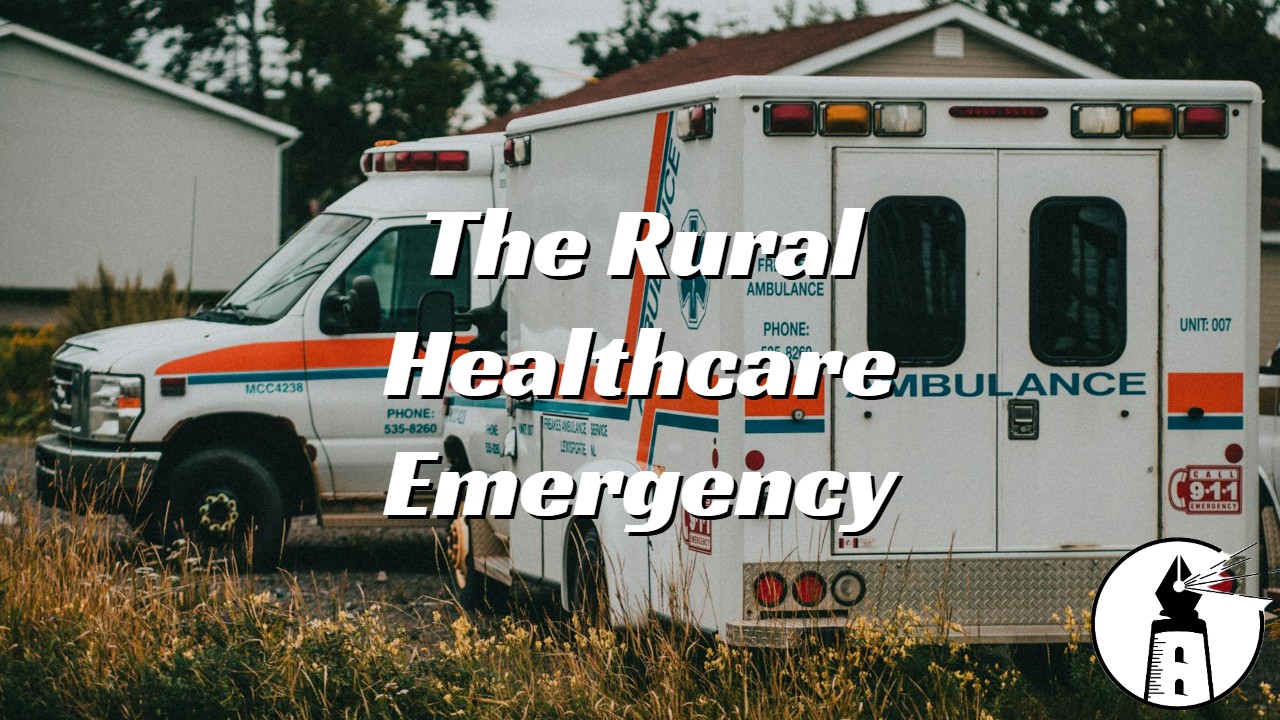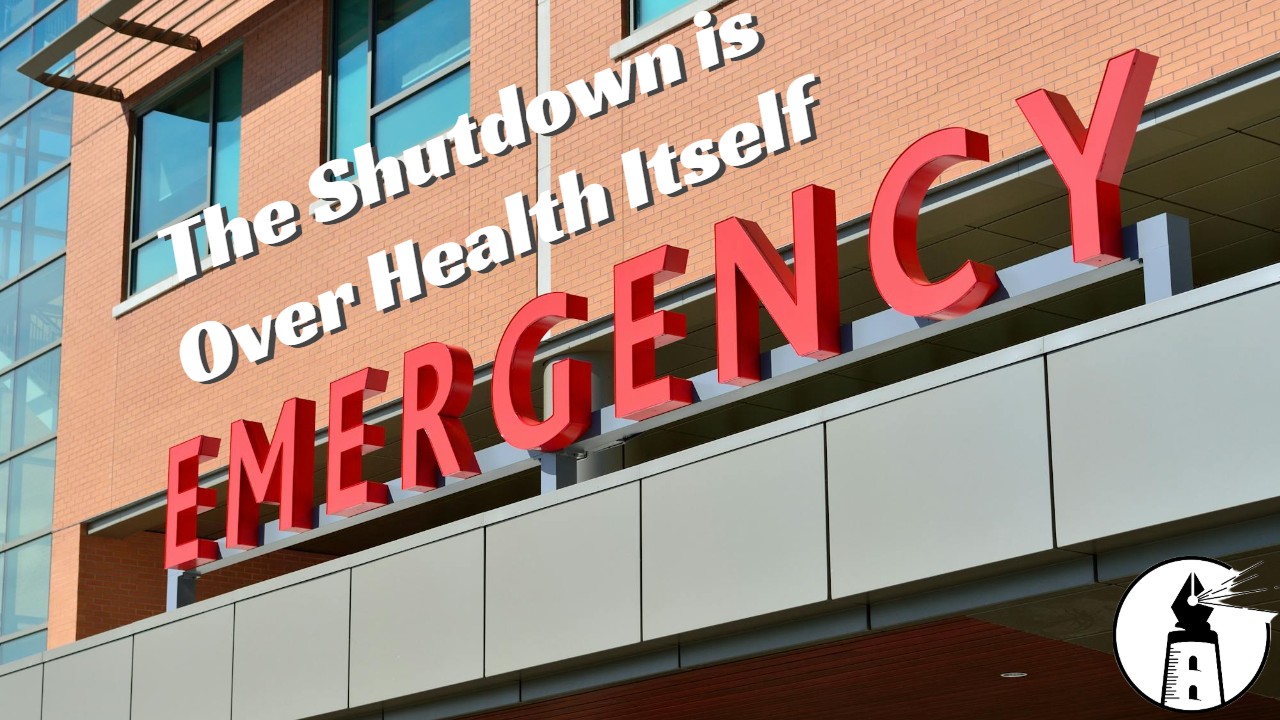In the United States, the challenges facing rural healthcare are growing more acute. Though often less visible than urban medical issues, the strain on rural healthcare infrastructure, workforce, and access is creating widespread implications for millions of Americans. Understanding the nature of the crisis, and why it should receive greater attention, can help inform policymakers, providers, and communities alike.
The Landscape of Rural Health
Approximately one in five Americans, over 60 million people, live in rural communities. These populations tend to be older and have higher rates of chronic disease compared with urban counterparts. Yet despite greater health needs, rural residents frequently face limited access to care. According to the Centers for Disease Control and Prevention (CDC), rural communities have higher rates of smoking, obesity, hypertension, and other risk factors, while being less likely to have health insurance or to access preventive care.
Adding to the burden are geographic and logistical barriers. Residents in rural areas often travel long distances for care, encounter provider shortages, and live in counties with fewer hospitals and specialists. The result is poorer health outcomes and a widening gap between rural and urban health indicators.
Key Stressors in Rural Healthcare
Several forces converge to deepen the crisis in rural health:
1. Facility closures and shrinking services
Rural hospitals and health centers are under financial strain, with many forced to close or reduce services. For example, many rural counties no longer offer obstetric care, maternal services, or inpatient capacity. When local hospitals shutter, residents must travel farther for care, which is often a major barrier in emergencies or for time-sensitive conditions.
2. Workforce shortages
Rural areas struggle to recruit and retain healthcare providers. The American Medical Association (AMA) notes that rural physician practices face mounting administrative burdens and declining reimbursement, compounding workforce burnout and early retirement. The shortage of primary care physicians and specialists increases delays in care, reduces continuity, and undermines preventive health efforts.
3. Access & affordability
Even when services exist locally, financial barriers persist. A study from the Commonwealth Fund found that more than one-third of rural Americans reported skipping needed care due to cost, about double the rate in other comparable countries. Coupled with high travel demands, limited broadband for telehealth, and fewer alternative care options, affordability and access combine to heighten rural vulnerability.
4. Health outcome disparities
These structural issues translate into real outcome differences. Rural residents tend to live shorter lives and are more likely to succumb to heart disease, stroke, and other chronic illnesses. Meanwhile, specialized services, such as obstetrics, are increasingly unavailable in rural counties, raising maternal and infant health risks.
Why This Matters
The health of rural communities matters for many reasons:
- Equity: Every American deserves reasonable access to quality healthcare, regardless of ZIP code.
- Public health: Rural populations with unmanaged chronic conditions or limited preventive care create avoidable burdens on the broader system.
- Economic stability: Rural hospitals often serve as major employers and anchors in local economies. Closures ripple beyond healthcare into jobs and community vitality.
- Resilience: In emergencies (natural disasters, pandemics), the absence of nearby capacity exacerbates vulnerabilities, especially when transport or infrastructure is challenged.
Looking Ahead: Potential Responses
Addressing rural healthcare requires a multi-front effort:
- Bolstering funding models: Adjust reimbursement rates and incentives to reflect the unique cost structure of rural care.
- Expanding workforce pipelines: Incentivize clinicians to work in rural settings (loan forgiveness, rural-origin recruitment programs), enhance telehealth and mobile services, and support community health workers.
- Strengthening infrastructure: Ensure transportation, broadband access, and local services are improved so care can truly be accessible.
- Promoting preventive and community-based care: Encourage healthy-living programs, early detection, and local outreach to reduce downstream acute care burdens.
- Fostering local partnerships: Collaboration among hospitals, public health agencies, and community organizations can tailor solutions to local context rather than a one-size-fits-all approach.
Conclusion
The rural healthcare crisis may not dominate headlines, but its implications are profound. As rural hospitals shrink, providers leave, and access narrows, millions of Americans face a growing risk of delayed care, poorer outcomes, and diminished quality of life. Recognizing the urgency and committing to tailored, sustained interventions will be essential if rural America is to reach parity in health and care access.
—Greg Collier
Further Reading & Sources
- About Rural Health | CDC
- Rural Hospital Closures & Care-Access Crisis | Chartis
- Why Health Care Is Harder to Access in Rural America | U.S. GAO Blog
- AMA outlines 5 keys to fixing America’s rural health crisis | AMA
- Rural Americans Struggle with Medical Bills and Health Care Affordability | Commonwealth Fund
- Rural Health Disparities Overview | Rural Health Information Hub



